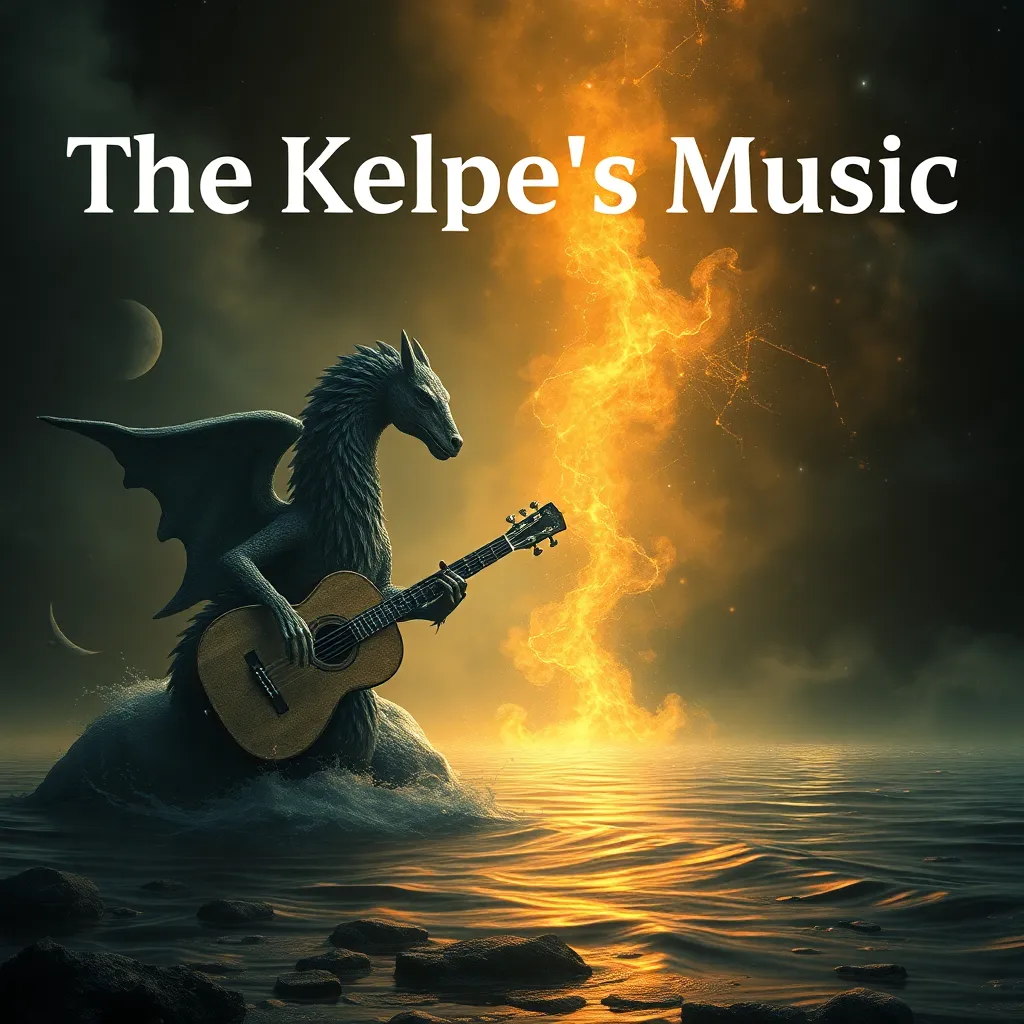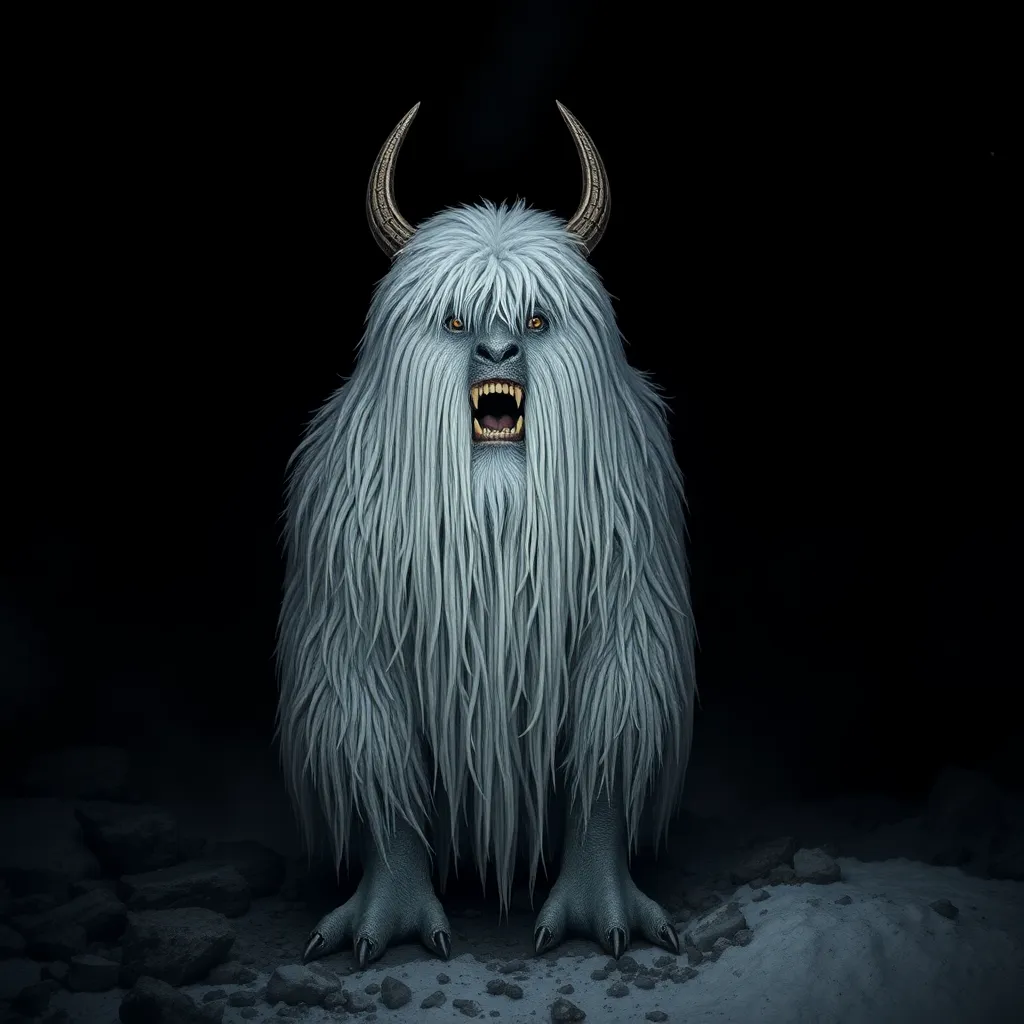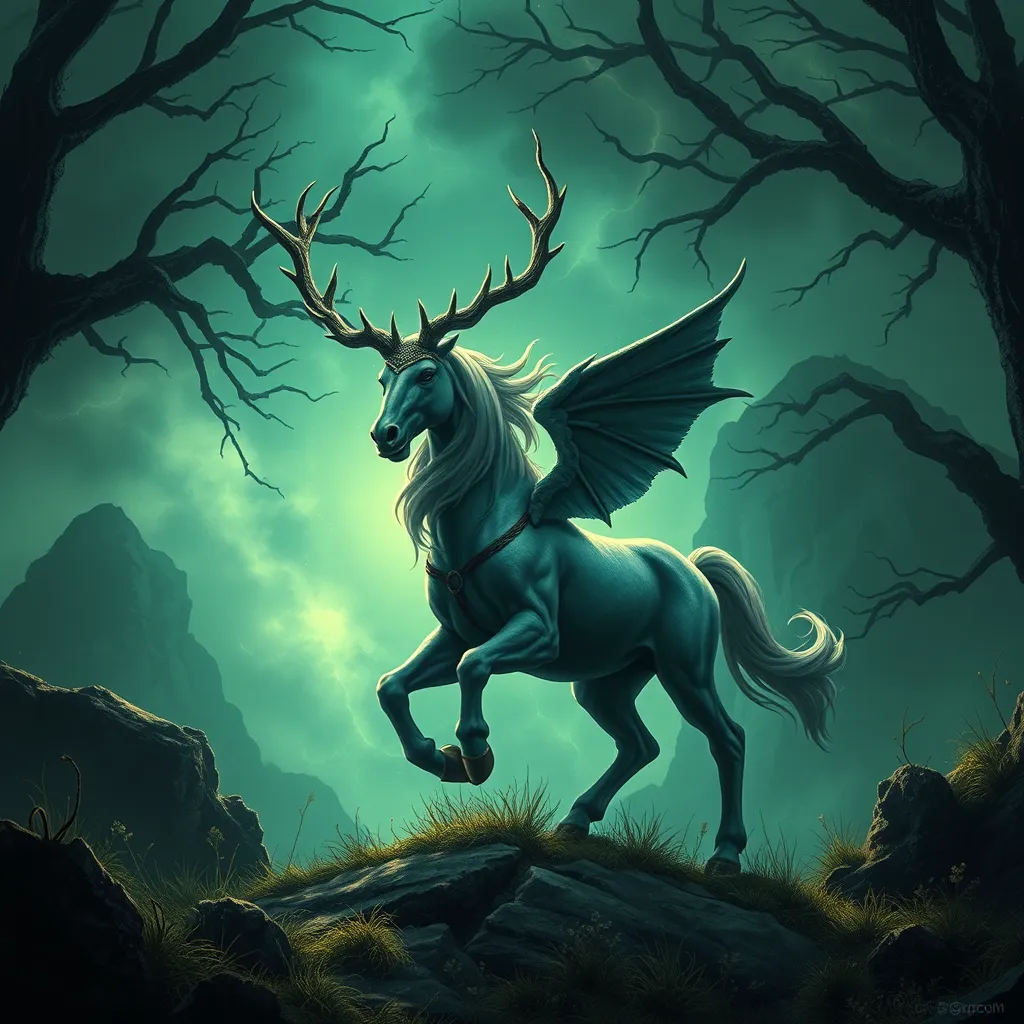The Kelpie’s Music: Understanding the Myth’s Relationship to Song and Storytelling
I. Introduction
The Kelpie is a captivating figure in Scottish folklore, often depicted as a shape-shifting water spirit inhabiting lochs and rivers. This mythical being is not only a source of fear and intrigue but also a profound symbol woven into the fabric of Scottish culture. Throughout history, the Kelpie has been a subject of countless tales, each carrying deep meanings and moral lessons.
Music and storytelling have always been integral to folklore, serving as vehicles for cultural expression and preservation. The relationship between song and narrative is particularly evident in Kelpie myths, where melodies enhance the emotional depth and resonance of the stories. This article aims to explore the connections between the Kelpie myth, its origins, and the role of music and storytelling in its enduring legacy.
II. The Origins of the Kelpie Myth
The Kelpie myth has deep historical roots in Scotland, particularly in the Highlands and the Islands. Its origins can be traced back to ancient Celtic beliefs, where water was often seen as a liminal space inhabited by supernatural beings. The Kelpie is typically described as a horse-like creature, luring unsuspecting travelers to their doom, embodying both beauty and danger.
Across cultures, variations of the Kelpie myth exist, with similar water spirits found in Germanic, Nordic, and Gaelic traditions. These stories often share themes of transformation, seduction, and the perilous nature of water. Oral tradition has played a crucial role in preserving the Kelpie myth, allowing it to evolve while maintaining its core elements.
III. The Kelpie as a Symbol of Nature and Transformation
At its essence, the Kelpie represents the profound connection between nature and transformation. Water, as a central element of the myth, symbolizes both life and death, reflecting the duality of existence. The Kelpie’s ability to shift between forms—a beautiful horse and a monstrous creature—mirrors the ever-changing landscape of the Scottish countryside.
The themes of transformation and identity are prevalent in Kelpie stories, often highlighting the fragility of human life in the face of nature’s power. The interplay between nature and human emotions is a recurring motif, suggesting that the Kelpie serves as a reminder of humanity’s vulnerability and the mysteries of the natural world.
IV. The Role of Music in Kelpie Stories
Music has always been an essential element in the storytelling tradition surrounding the Kelpie. Traditional songs, often passed down through generations, enhance the narrative and evoke the haunting beauty of the myth. These songs serve as a means of connection, bridging the past with the present.
- Melody and Rhythm: The use of specific melodies and rhythms in Kelpie songs adds layers of meaning to the stories, enhancing the emotional impact on the listener.
- Significance of Songs: Songs often serve as both a warning and a celebration, encapsulating the dual nature of the Kelpie as both alluring and dangerous.
Examples of specific songs associated with the Kelpie include traditional Scottish ballads that narrate encounters with the creature, often highlighting the tragic fates of those who succumb to its charm.
V. The Relationship Between Song and Narrative
The relationship between song and narrative in Kelpie tales enriches the storytelling experience. Music not only provides a backdrop but also shapes the structure of the narrative itself. The rhythmic patterns of songs can emphasize key moments in the story, guiding the audience’s emotional responses.
Furthermore, songs enhance audience engagement and memory retention. The melodic elements make it easier for listeners to recall stories, ensuring that the myths are passed down through generations. The role of improvisation in oral storytelling traditions allows performers to adapt songs and narratives, keeping the myth alive and relevant.
VI. Modern Interpretations and Adaptations
In contemporary culture, the Kelpie myth continues to inspire musicians, writers, and filmmakers. Artists reinterpret the myth through various mediums, creating new works that resonate with modern audiences while paying homage to traditional narratives.
- Contemporary Music: Musicians draw inspiration from the Kelpie, incorporating its themes into modern songs that explore nature, identity, and transformation.
- Modern Storytelling Mediums: The Kelpie has found its way into literature and film, with adaptations that reimagine the myth for new audiences, often highlighting its relevance in today’s world.
These reinterpretations invite reflection on the enduring nature of myths and their capacity to evolve over time.
VII. The Cultural Significance of the Kelpie’s Music
The Kelpie has become a cultural icon in Scottish folklore, embodying the rich history and traditions of the region. Music plays a vital role in shaping community identity, fostering a sense of belonging and continuity among generations.
Preserving traditional songs and stories is essential for maintaining cultural heritage. The Kelpie’s music not only serves as a reminder of Scotland’s mythological past but also connects individuals to their roots, reinforcing the importance of storytelling in community life.
VIII. Conclusion
In summary, the Kelpie myth and its associated music provide a fascinating lens through which to explore the relationship between myth, song, and storytelling. The origins of the Kelpie highlight the intricate connection between nature and transformation, while the role of music enriches the narrative experience and fosters a deeper emotional connection.
The enduring legacy of the Kelpie’s music in folklore underscores the importance of preserving these cultural treasures. As modern interpretations continue to emerge, the interplay of myth, song, and storytelling remains a vital aspect of Scotland’s cultural identity, ensuring that the Kelpie will continue to inspire and captivate future generations.




